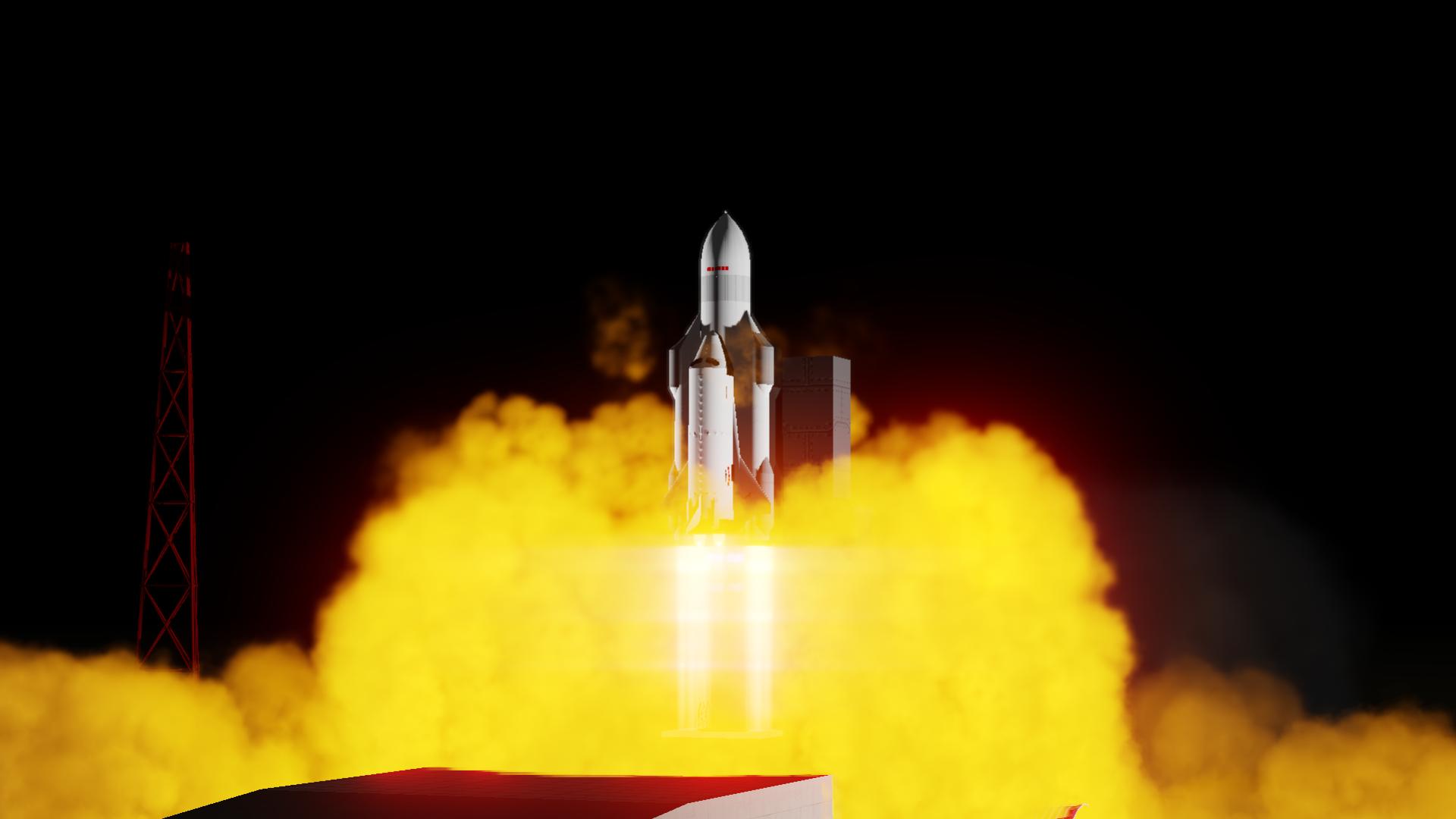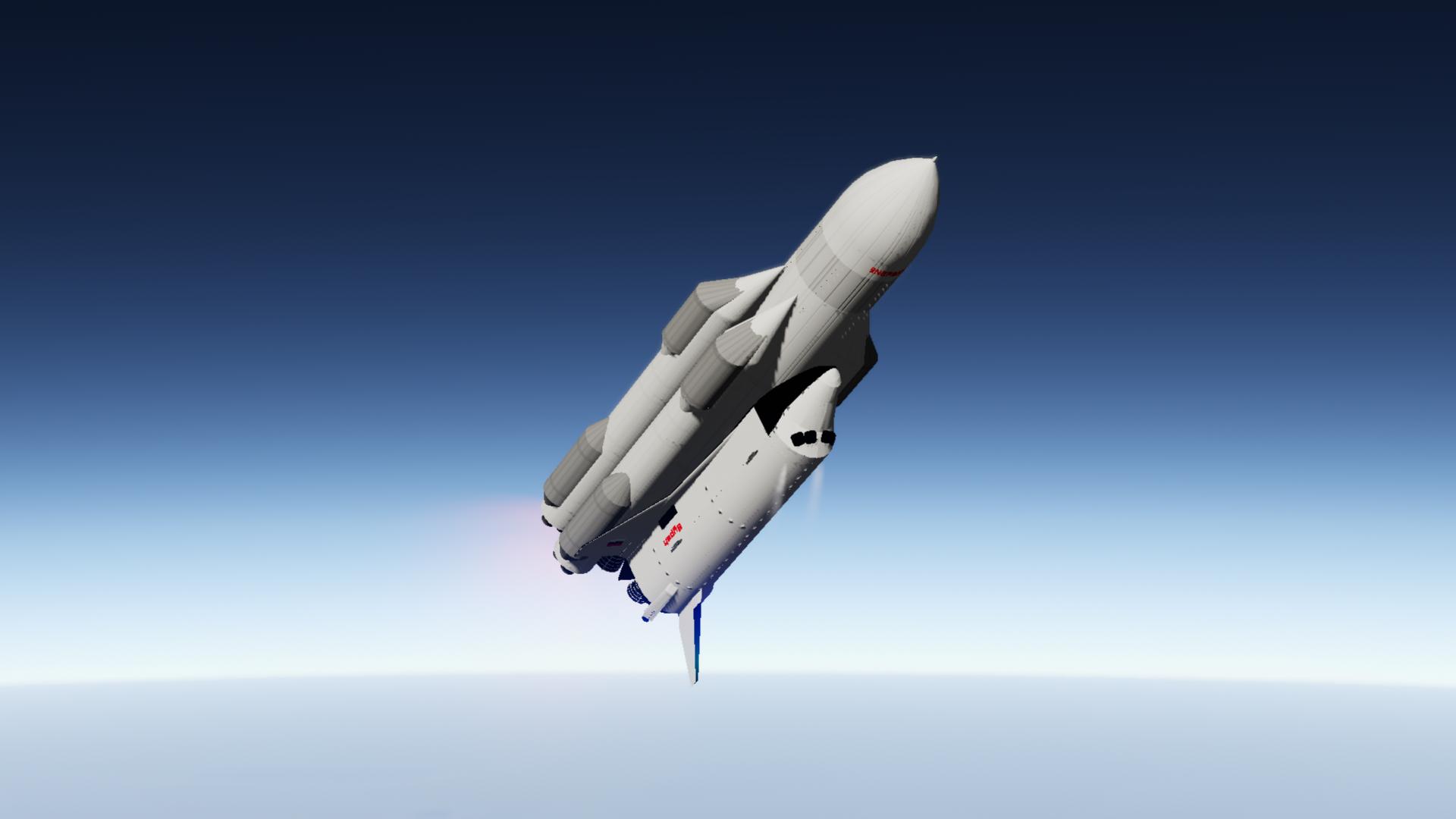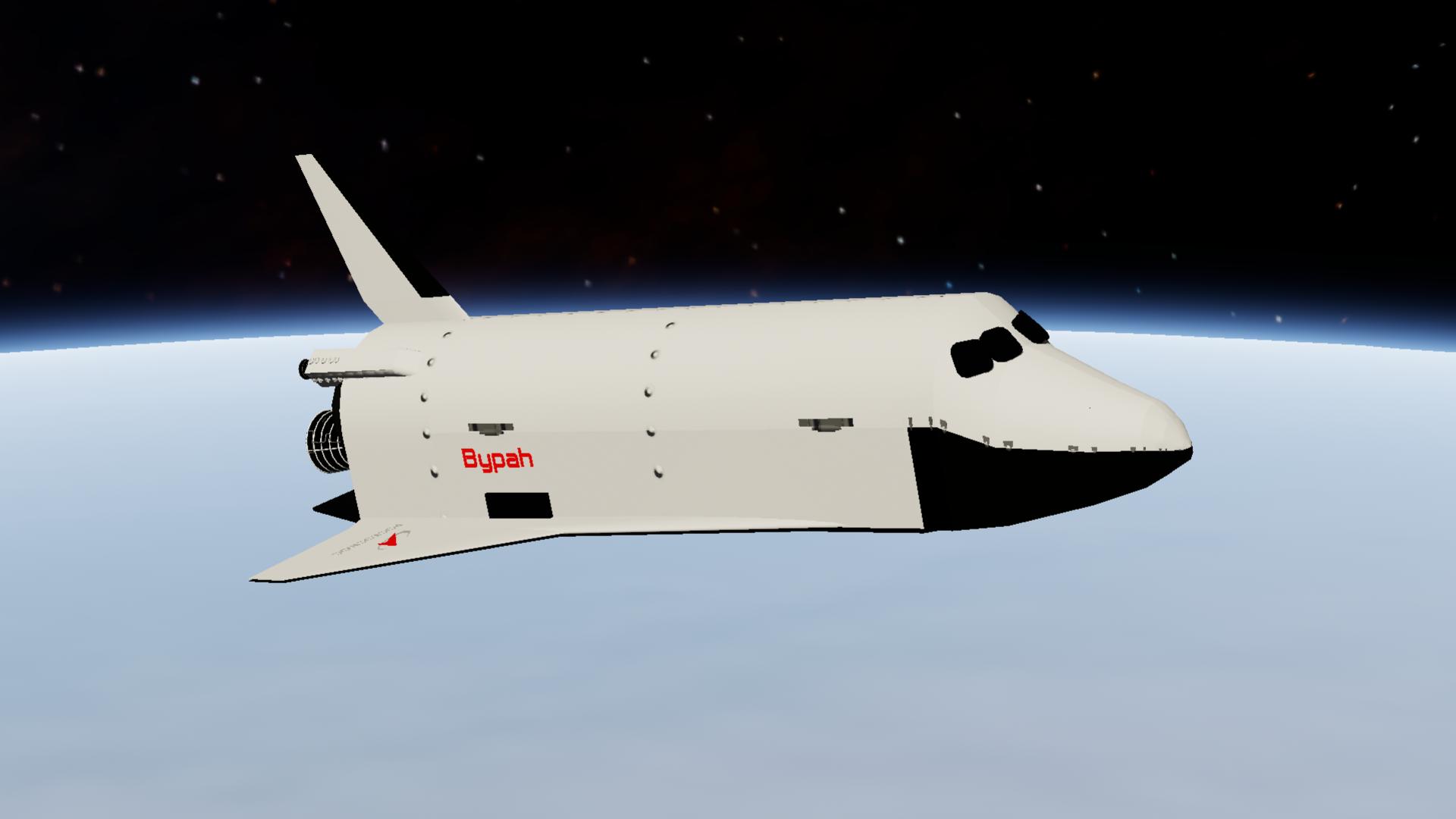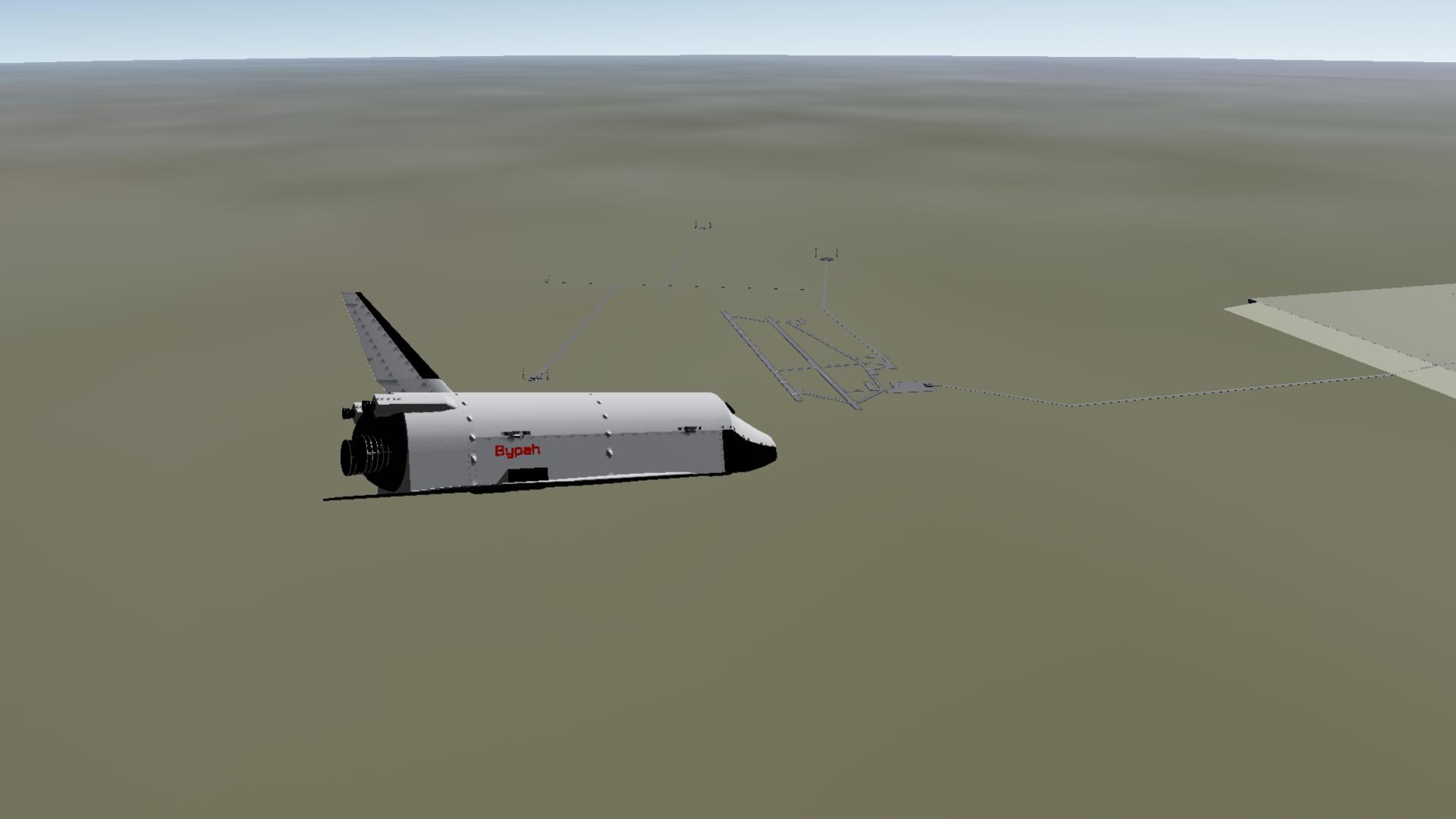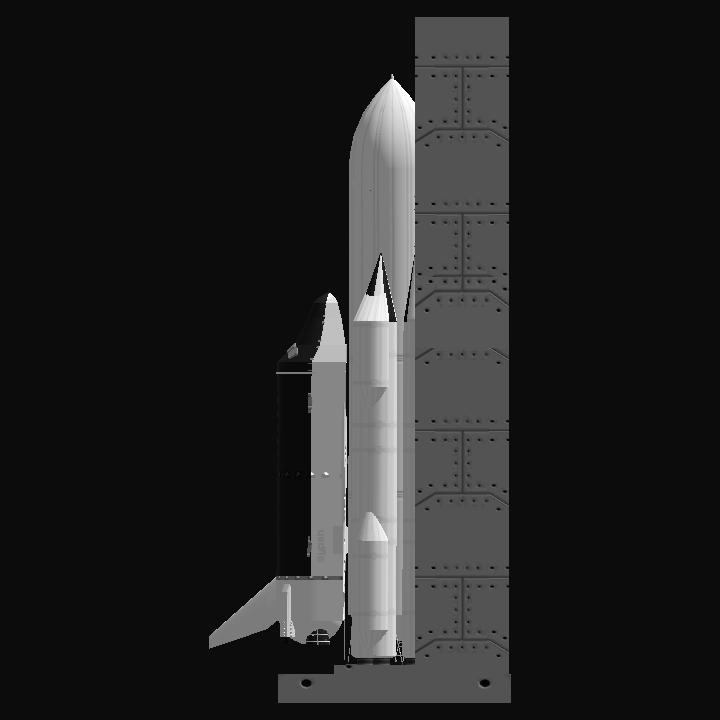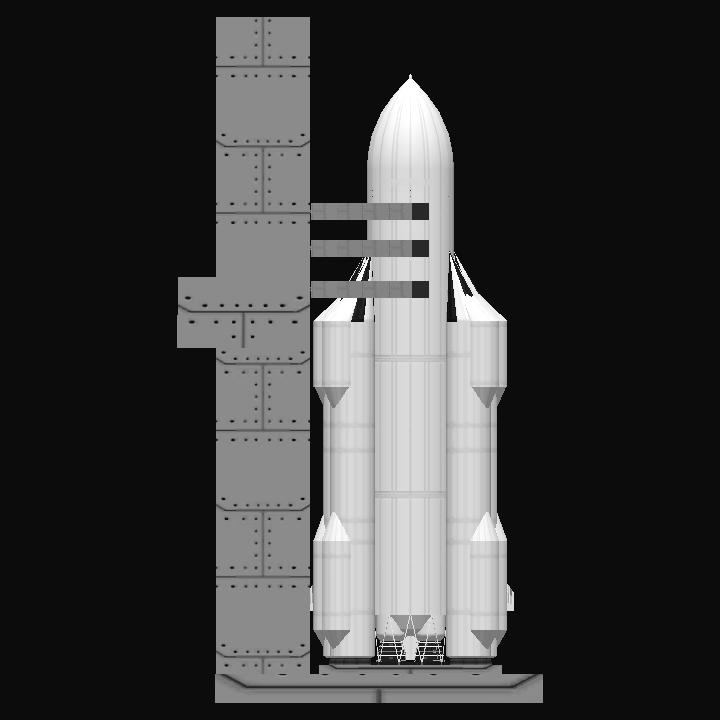The Energia-Buran program was the Soviet Union's response to the American Space Shuttle program.
It consisted of the Energia rocket, a heavy-lift launch vehicle, and the Buran spaceplane, a reusable orbiter.
The Energia was designed to be a powerful launch system capable of delivering large payloads to orbit, including the Buran.
The Buran orbiter, while superficially similar to the US Space Shuttle, had key design and operational differences, notably its ability to fly unmanned and perform automated landings.
The program ultimately saw limited success, with only one successful unmanned flight of the Buran before the project was canceled.
Here's a more detailed overview:
Energia Rocket:
A heavy-lift launch vehicle designed to lift large payloads into orbit.
Key Features:
It used a core stage with four RD-0120 engines and four strap-on boosters with RD-170 engines.
Capabilities:
Could deliver about 100 tons to low Earth orbit, up to 20 tons to geostationary orbit, and up to 32 tons on a translunar trajectory.
Flight History:
Only two flights, one with Polyus and one with Buran.
Buran Spacecraft:
A reusable orbital spacecraft, analogous to the US Space Shuttle.
Key Features:
It was designed to be flown unmanned and could perform automated landings.
First Flight:
The first and only orbital flight was in 1988, an unmanned mission where it successfully completed two orbits and landed automatically.
Unique Aspects:
Unlike the US Space Shuttle, the Buran's main engines were on the Energia rocket, not on the orbiter itself, according to Wikipedia.
Program Context and Legacy:
Motivation:
The program was a response to the US Space Shuttle program, with the Soviets reportedly benefiting from espionage on the American program.
Cancellation:
The project was ultimately canceled after the collapse of the Soviet Union due to high costs and changing political priorities.
Impact:
While short-lived, the Buran program contributed to advancements in space technology and influenced later Russian space projects.
GENERAL INFO
- Created On: Android
- Game Version: 1.3.204.1
- Price: $626,181k
- Number of Parts: 309
- Dimensions: 52 m x 28 m x 23 m
PERFORMANCE
- Total Delta V: 33.0km/s
- Total Thrust: 16.7MN
- Engines: 25
- Wet Mass: 1.39E+6kg
- Dry Mass: 5.66E+5kg
STAGES
| Stage | Engines | Delta V | Thrust | Burn | Mass |
|---|---|---|---|---|---|
| 1 | 4 | 2.7km/s | 3.2MN | 14.5m | 1.39E+6kg |
| 2 | 18 | 3.6km/s | 13.4MN | 31.3m | 1.39E+6kg |
| 5 | 2 | 26.7km/s | 88kN | 3.46hours | 24,369kg |


